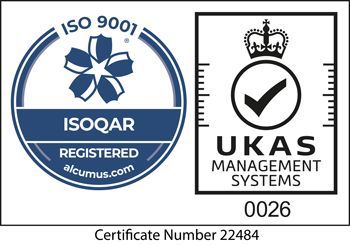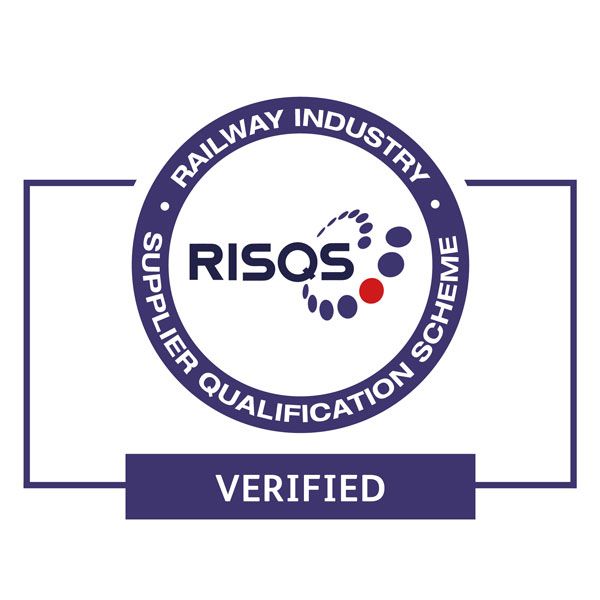Wind Turbine Oil Analysis
As the emphasis on cleaner energy generation grows, wind turbines have become integral to the power generation landscape. Despite their excellent energy-generating capabilities, insufficient maintenance can result in escalating costs. Opting for FA-ST's oil analysis program is a strategic move to safeguard and monitor your turbine's performance.
Our analysis provides vital data on key factors, including oil viscosity, TAN, water ingress detection, contamination monitoring, and identification of increased wear levels. By monitoring these critical aspects, users acquire detailed insights into the operating conditions of the turbines, enabling informed decisions regarding maintenance and downtime requirements. This proactive approach helps mitigate potential issues and ensures optimal performance in the realm of cleaner energy generation.
To have the oils in your wind turbines analysed by FA-ST, the process is simple. Obtain one of our convenient PRE-PAID wind turbine oil analysis kits, a comprehensive package equipped with all necessary tools for sample extraction. Once you've collected the samples, send them to our independent ISO-accredited laboratory. Following the analysis, anticipate receiving a detailed PDF report in your inbox within 2-3 days.
The report valuable insights into crucial factors such as wear levels, contamination, and the chemical composition of the oil. Additionally, our laboratory experts will include comments and recommend actions if necessary, ensuring you have the information needed to make informed decisions about the maintenance and performance of your wind turbines.
Having your Wind Turbines tested can help to detect:
Wind Turbine Contamination
Every wind turbine oil sample submitted to our lab undergoes an assessment to determine its ISO 4406 Cleanliness Code. Understanding the cleanliness level of an oil is crucial to prevent additional wear and tear, and its often necessary for warranty claims, particularly when considering the substantial costs associated with replacing and installing new gearboxes in wind turbines.
Wind turbine oils operate in demanding environments, exposed to fluctuating wind speeds, directional changes, temperature fluctuations, and the presence of debris and moisture in the system. The intrusion of water into the lubricant can lower viscosity, reducing the oil's lubricating properties. Elevated water levels can also contribute to corrosion on critical components.
Wear Debris in Wind Turbines
Every wind turbine oil sample will undergo a comprehensive elemental analysis, offering insights into a wide range of potential factors affecting the system. This analysis includes assessments in the following areas:
- Component Wear Assessment - We can pinpoint wear on components, identify potential failure points, and detect trends in increased wear that may lead to system failures.
- Contamination Detection - We can identify the sources and pathways of contamination that infiltrate the system, providing valuable insights into how and where the contamination is entering.
- Evaluation of Additive Package Levels - We gauge the levels of additive to ensure the oil can deliver the necessary lubrication. If you have specific requirements for your additive package, our analysis can indicate when it's time to replenish or replace the oil in use.
Chemical Makeup of Oils
The viscosity level of an oil stands as its most critical physical attribute to oversee. To ensure that wind turbine oil meets the expected standards, it must have the ability to flow seamlessly across various temperatures. Over the operational lifespan of the oil, oxidation and contamination can cause an increase in viscosity, hindering the free flow of the oil throughout the system.
To ensure the proper viscosity of wind turbine oils, viscosity measurements are conducted at both 40°C and 100°C, allowing for the determination of the oil's viscosity index. We also perform a TAN assessment to monitor the oil's condition, as elevated TAN levels can lead to oxidation and increased oil degradation.
Secure on line payments can be made by Credit/Debit Card via SAGEPAY or PayPal
Orders and payments can also be made by telephoning our office on
+44 (0) 1246268900
Tel: +44 (0)1246268900 Email: webshop@fa-st.co.uk
Works, Office, Warehouse & Postal Address
FA-ST Filtration Analysis Services Technology Ltd,
Unit 4 Foxwood Road
Dunston Trading Estate
Chesterfield
Derbyshire
S41 9RF
United Kingdom
Main Office: +44 (0) 1246 268900
Enquiries: webshop@fa-st.co.uk
Company Registered No: 05525184
VAT Registered No: GB843062838
Copyright © 2024 FA-ST Filtration Analysis Service Technology Ltd all rights reserved










